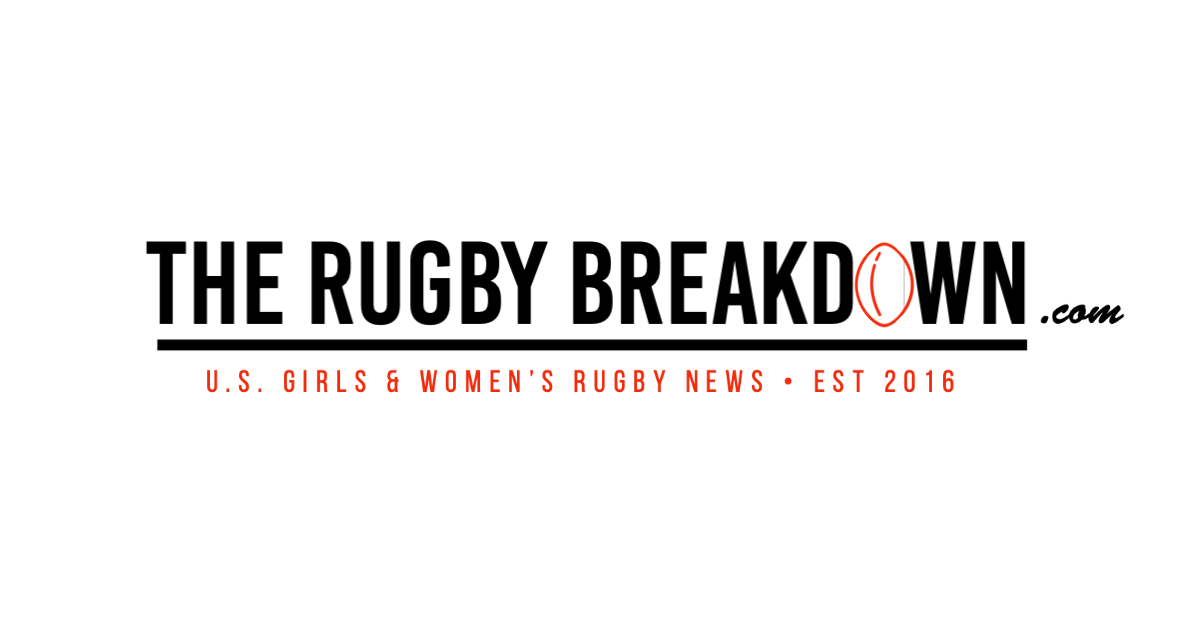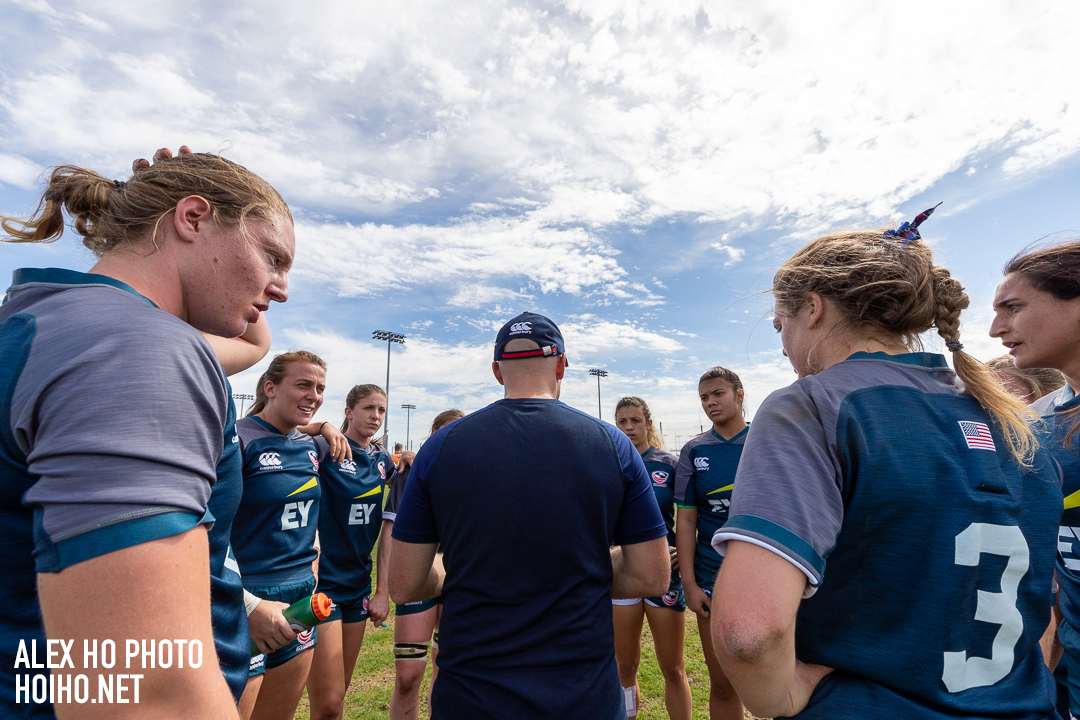Covid-19 has halted all rugby competition, but World Rugby is preparing safety guidelines for when it’s time to return to the pitch. The documents that feature on the player welfare homepage are continually updating as more information on Covid-19 develops, so check back often.
The resource also features links to other unions and sporting organizations’ Return to Play (RTP) consideration, including an update from the United States Olympic & Paralympic Committee.
An excerpt from the World Rugby RTP guidelines:
Your 10 Rules of Engagement for safe management of COVID-19 are:
1. Education – familiarise yourself with the measures being implemented by your Club.
- This document is supported by an online module which your Club will need you to complete.
- In the interest of your own safety and that of your colleagues, you will need to follow these guidelines.
- Once completed you can download confirmation of completion and present this to your Club.
2. Daily screening – until further notice you will be required to:
- Complete a symptom COVID-19 questionnaire before leaving home (appendix 1). This will require you to identify if you have had a high temperature or fever overnight or if you have developed cough, shortness of breath, sore throat or you are feeling unwell. If you do, you should remain at home, contact your team doctor or primary care doctor.
- Have your temperature checked prior to entering the facility. If your temperature is above 37.5C you will be sent home and advised to contact your team doctor or primary care doctor.
3. Adhere to hygiene rules
- More frequent hand washing, regular disinfection of heavily used areas and surfaces and the use of gloves can reduce the risk of infection. In some situations, such as in the gym or during meetings, the use of face masks should be considered.
- At home you should also either sanitise or wash your hands for 20 seconds with soap (or use a hand sanitiser) whenever you go and come from your house
- Avoid touching high-contact surfaces such as door handles, public computer keyboards etc.
- Use hand sanitisers which should be available on entry and in all rooms at your Club
- Avoid spitting
- Use the crook of your elbow or a tissue (always dispose of used tissues) when coughing or sneezing
- Do not share water bottles or use team water bottles
- Do not use communal nutritional supplements Safe Return to Rugby – in the Context of the COVID-19 Pandemic 12
4. Observe social distance rules – office, gym, medical room/ training field (when non-contact training)
- A distance of at least 1 meter between the people present helps to significantly reduce the probability of virus transmission. Due to the movement involved in sports, the distance should be kept at as generous a distance as possible.
- Office, gym and medical room facilities should be arranged to facilitate at least 1m separation between individuals. Dispersion of respiratory droplets is aided by ventilation. Where possible any communal areas should be well ventilated. 5. Reduce body contact to a minimum
- Shaking hands, clapping hands, embracing and cheering or mourning in a group is to be completely avoided. Until PST measures are reduced, physical contact (including competitive games) must be avoided, so initially only individual training can take place.
6. Change and shower at home
- The use of changing rooms and showers in sports halls and sports clubs should be suspended until further notice from your Club.
- While social distancing measures are in place, the formation of carpools for training and competitions should be avoided – unless travelling with an existing housemate. The use of minivans is equally unsuitable. Your Club will apply specific policies for travelling to matches when competitive rugby resumes.
- In order to comply with the distance rules, no social events should be held.
- While social distancing remains, team meetings should be held outdoors or in spaces which allow for 1 person per 4m2
- Other options include digital/online meeting resources
- While social distancing and public gathering restrictions are in place, teams will need to train in small groups which are aligned to government measures in place at that time (eg groups of <5, <10). When small groups train, sessions should be staggered with no overlapping between groups. Smaller groups limit infection risk, and should an infection occur, the number of people who need to potentially quarantine is limited.
- Sports and exercise in the fresh air make it easier to keep to distance rules and reduce the risk of infection through the permanent exchange of air.
7. Temporary suspension of car pooling
8. Refrain from events such as general meetings and celebrations
9. Reduce the size of training groups
10. Where possible, outdoor activities are more safe
World Rugby Covid-19 return-to-play guidelines: https://playerwelfare.worldrugby.org/covid-19



